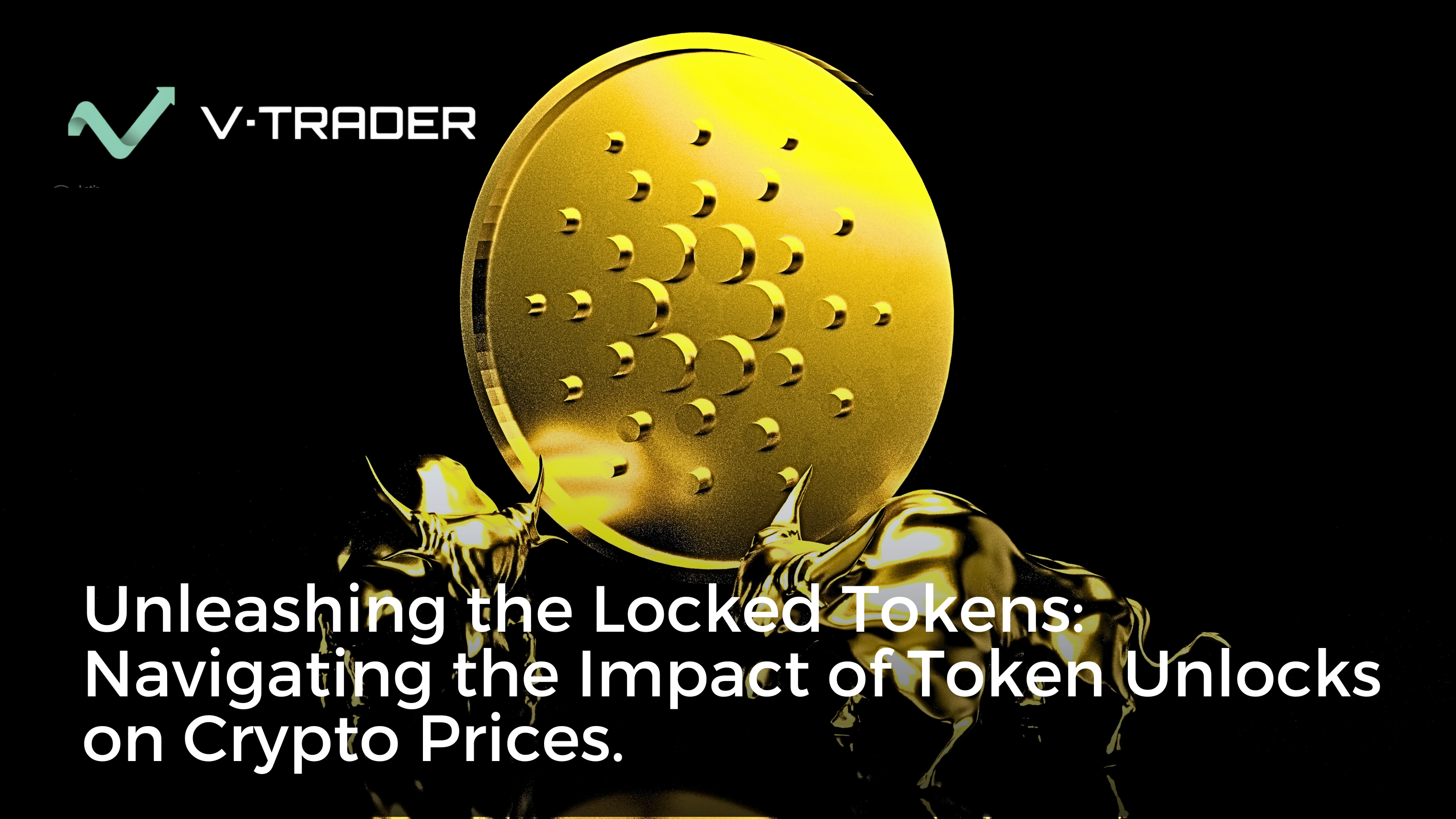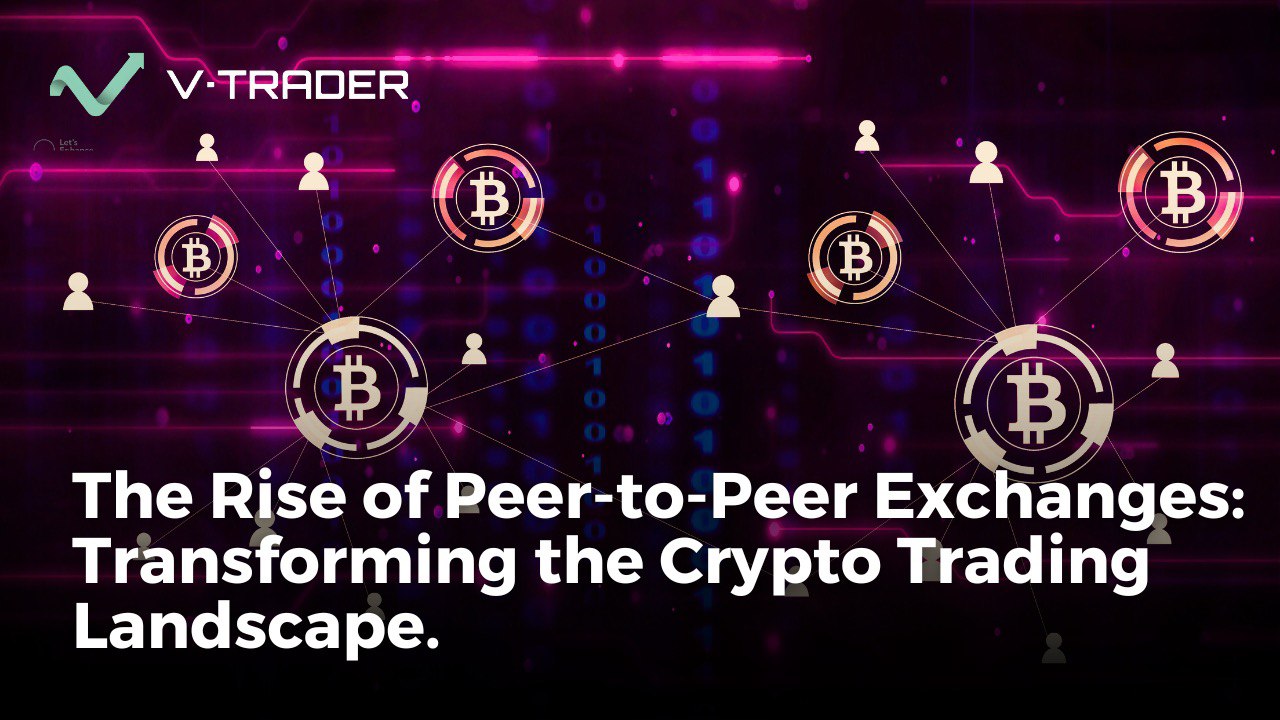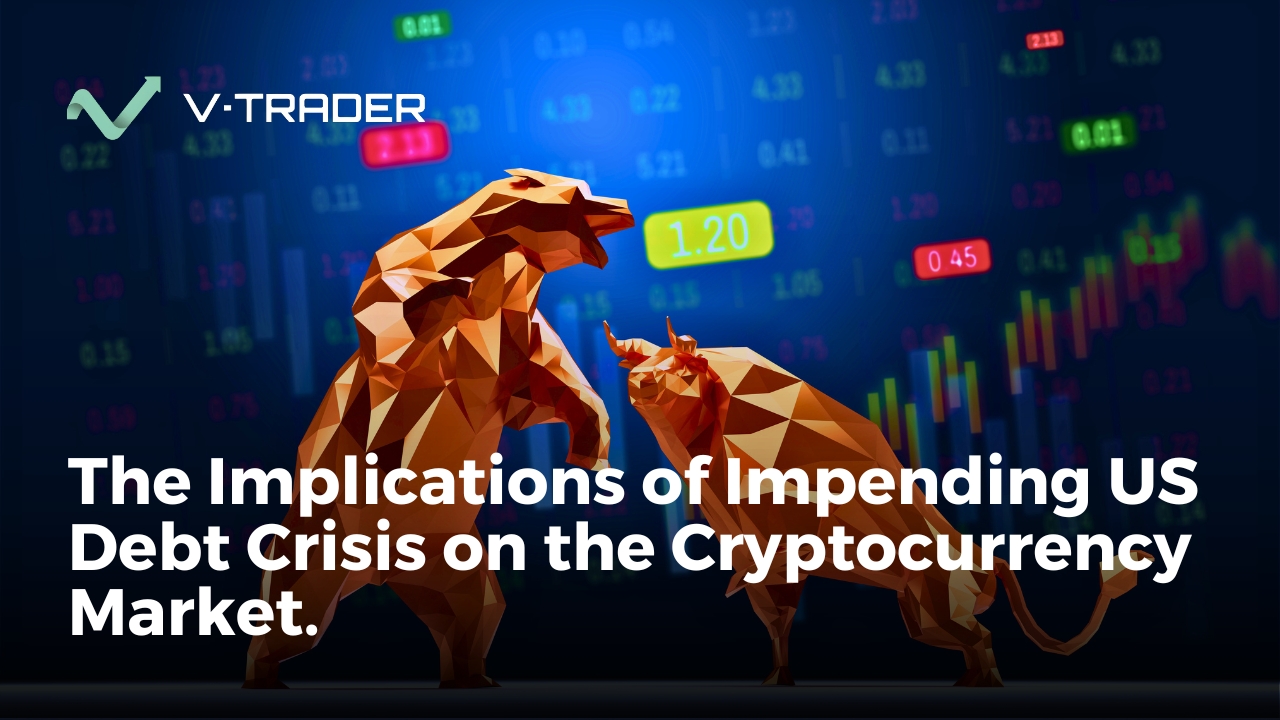Scheduled events called “token unlocks” let previously limited tokens become tradeable. Many crypto initiatives have some tokens initially locked or withheld from circulation. The goals are protecting the value of the token, harmonizing the future of the project team, and rewarding early investors. These tokens are unlocked and can then be traded or transferred on the open market when the project’s “vesting” or lockup schedule meets certain conditions.
On June 12, 2024, for instance, the Aptos (APT) project issued 11.31 million tokens per its unlock schedule. The market closely monitored this occurrence; the higher supply caused a short-term price drop.
Scheduled release of 40 million Official Trump meme coins (coin launched January 17, 2025) is among future unlocks anticipated to be bullish. Traders expect the first unlock to begin about April 17, 2025, and they see it as a possible buying opportunity. This article will clarify unlock events for you and provide future unlock dates for well-known cryptocurrencies.
What is a Token Unlock Event?
Token unlocks are the means by which formerly limited digital tokens become freely tradeable. Usually, these tokens have been locked in smart contracts set aside for team members, investors, or partners. They are let go depending on predetermined criteria including vesting schedules, lockup periods, or milestone achievements. Usually, those individuals then go to sell their cryptocurrency in the open market or P2P and generate a profit, therefore contributing to the daily turnover and affecting price.
To put it simply, token unlocks are similar to opening a vault; once released, the tokens enter the open market and may have an impact on supply and demand. Since they are essentially diluting the ecosystem, it is difficult to say with certainty that the price will always increase in each instance. However, during these times, the price usually rises in tandem with the rise in interest in the cryptocurrency project.
For traders, this is a chance to receive a discount, but for investors, it might be the ideal moment to cash out. For example, early investors may abruptly sell their tokens and flood the market when a promising blockchain project launches a token unlock following its first Token Generation Event (TGE). This lowers the cost, but creates a discount for those looking to buy in. Just like public companies issuing additional shares, token unlocks can create market pressure and opportunities for traders who understand these dynamics.
Linear Unlock and Cliff Unlock
Token unlock methods often fall into two categories:
- Linear Unlock: Imagine a faucet that gradually releases tokens into the market as part of a linear process. With a linear unlock, tokens are essentially released continuously and gradually, whether on a daily, monthly, or even block-by-block basis. This approach helps keep prices steady over time, reduces panic selling, and evens out supply shocks.
- Cliff Unlock: On the other hand, picture a cliff unlock as an abrupt waterfall. When using a cliff unlock, tokens are locked for a predetermined amount of time (referred to as the cliff period) and then released in a big batch when that time has passed. By guaranteeing that recipients remain for a specific amount of time, it shows commitment, but if too many tokens are released at once, it runs the risk of triggering sudden, severe sell-offs.
While ApeCoin (APE) and Avalanche (AVAX) are two well-known examples with ongoing unlock schedules, other examples include projects like Solana, which has recently adopted a linear unlock schedule to maintain the stability of its circulating supply. AVAX usually releases tokens on a quarterly basis, while APE has a monthly linear unlock, keep reading to find out when!
How Token Unlocks Impact Crypto Prices
When tokens are unlocked they essentially shift the balance of supply and demand making supply abundant for a period:
- Dynamics of Supply and Demand: If market demand cannot keep up with a sudden increase in token distribution, prices may be under pressure to decline (possible selling opportunities). On the other hand, even a large unlock might be completely absorbed without noticeable price drops if demand is strong and prices are increasing.
- Short-Term Price Volatility After Unlock: Speculation can lead to sell-offs both before and after token unlocks, which are frequently anticipated by market participants. Many projects exhibit this dynamic, with prices beginning to decline days ahead of schedule. This foreshadowing serves as a warning to traders.
- Long-Term Price Implications: Projects can raise money, expand their ecosystem, and eventually increase demand over time thanks to token unlocks. In this way, properly executed unlock events can boost investor confidence and even result in long-term price growth. A well-planned unlock that coincides with significant benchmarks serves as an endorsement from the investors and project team.
Difference Between Token Unlock and Vesting
If a token unlock is the actual moment when tokens get released and become tradable, then the term vesting specifies the requirements and timing of the release. Despite their frequent interchangeability, these terms have somewhat different functions:
- Token Unlock: This phrase refers to the point at which tokens become tradable after being restricted. After certain requirements are satisfied, it is this operational action that releases tokens into the market.
- Token Vesting: The underlying timetable and requirements that dictate when tokens can be unlocked are referred to as token vesting. Vesting, which is usually incorporated into smart contracts, makes sure that tokens are issued gradually over time or when particular milestones are reached. By coordinating incentives among team members, investors, and the community, this mechanism makes sure that everyone is dedicated to the project’s long-term success.
Here are some upcoming unlock events to anticipate, based on their unlock schedules and the most recent tracking data:
- AAVE: On May 15, 2025, the next significant AAVE token unlock event is expected to occur.
- ApeCoin (APE): On June 10, 2025, APE will undergo a significant unlock.
- Avalanche (AVAX): July 1, 2025, is when the next unlock event is anticipated.
- Compound (COMP): According to its vesting schedule, the Compound governance token is released in stages. The next quarterly unlock is anticipated to occur on May 10, 2025.
- Polkadot (DOT): Around June 5, 2025, next big unlock event anticipated.
- The Graph (GRT): April 30, 2025, was the date of the unlock. The Graph releases its tokens monthly so you can follow how its price is affected month-by-month.
Please be aware that these dates are subject to change by the individual projects and are based on the most recent reported estimates. Refer to the real-time tracking tools listed in the following section for the most recent data.
Strategies for Investors to Navigate Token Unlocks
It is essential that you understand token unlock schedules in order to safeguard and profit from your investment. The following useful techniques will assist you in navigating these situations:
- Monitor Unlock Timetables: To keep an eye on forthcoming unlock dates and allocation details, use specialized real-time tracking platforms such as CryptoRank, Messari, or Tokenomist. You can prepare for short-term dips or position yourself to buy on the dip thanks to this foresight.
- Diversify Your Portfolio: To reduce risk, distribute your investments among tokens with various unlock schedules. Diversified holdings can help protect your entire portfolio from significant price shocks in the event that one token sees a sudden sell-off.
- Use Risk Management Tools: To protect against an abrupt drop in price, think about employing stop-loss orders or hedging techniques. While you wait for a possible recovery, you can lock in profits by knowing when to partially exit.
- Examine Market Sentiment And Fundamentals: Don’t rely just on unlock dates. Examine the project’s robust tokenomics, devoted community, and strong utility. It is more likely that a project with strong fundamentals will accept new token inflows without experiencing significant price declines.
- Long-Term Planning: Keep in mind that many projects are made to support long-term growth, even though unlocks may result in short-term volatility. Think about seeing brief price drops as opportunities to purchase if you support the project’s goals.
In Summary
Although they may appear difficult or even detrimental to price value, token unlocks are an essential component of the cryptocurrency ecosystem. They are a repetitive occurrence that brings a chance for opportunity as well as risk. A price drop can result from a rise in supply brought on by a well-timed token unlock.
Token unlocks can also generate purchasing opportunities that add quantifiable value to your portfolio if you stay informed, effectively manage your risk, and maintain your focus on solid project fundamentals. Additionally, each unlock event offers an opportunity to learn more about the project’s future prospects and allows you to hone your crypto strategy.
Are you prepared to advance your knowledge of cryptocurrency? Join vTrader today and discover in-depth data, tools to give you insight, and professional education that enables you to make informed trading decisions. Go to vTrader right now to begin trading more intelligently.

Steve Gregory is a lawyer in the United States who specializes in licensing for cryptocurrency companies and products. Steve began his career as an attorney in 2015 but made the switch to working in cryptocurrency full time shortly after joining the original team at Gemini Trust Company, an early cryptocurrency exchange based in New York City. Steve then joined CEX.io and was able to launch their regulated US-based cryptocurrency. Steve then went on to become the CEO at currency.com when he ran for four years and was able to lead currency.com to being fully acquired in 2025.


